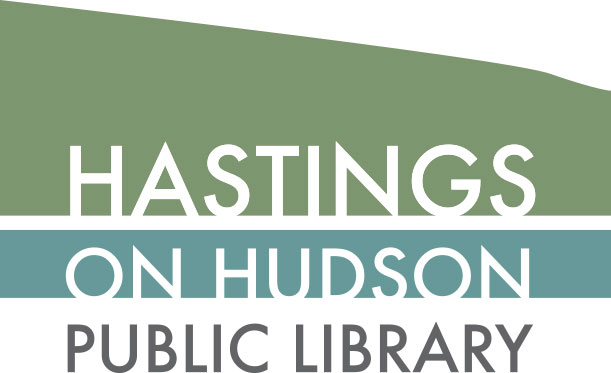Our History & Mission
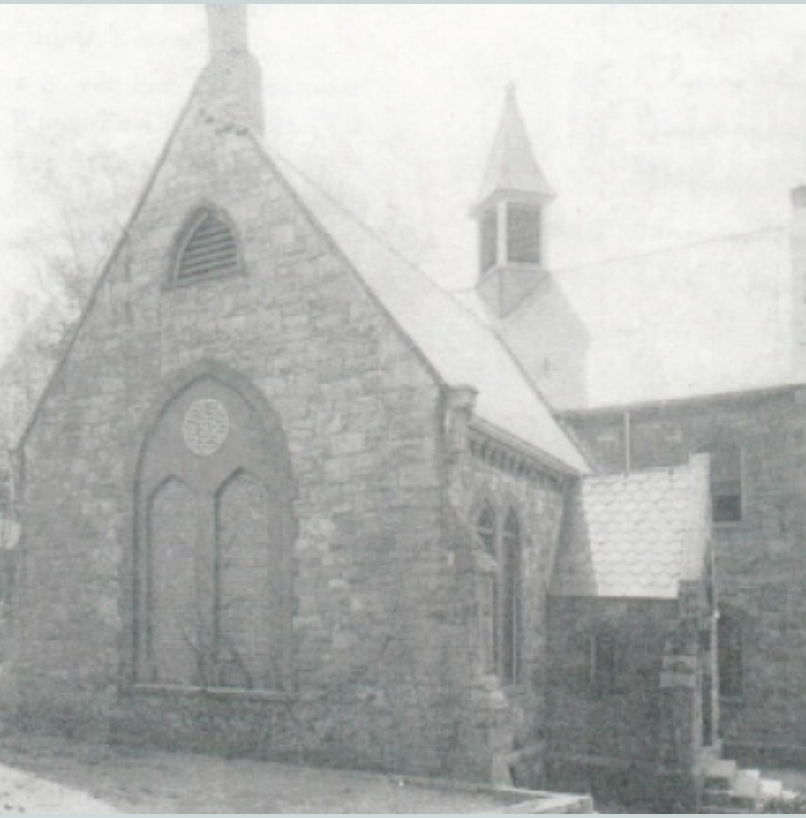
50 Main Street
As its first project, the Woman’s Club of Hastings, founded in 1912, chose to establish a library in the village. On September 25, 1913, the Regents of the University of the State of New York granted a Certificate of Registration to the Hastings-on-Hudson Free Library. Given a space on the second floor of then Village Hall (now the Hook & Ladder Company on Main Street, and originally Hastings’ schoolhouse), the Woman’s Club donated $1500 for repairs and remodeling, received 999 used books from the community, and hired a trained librarian for $60 a month.
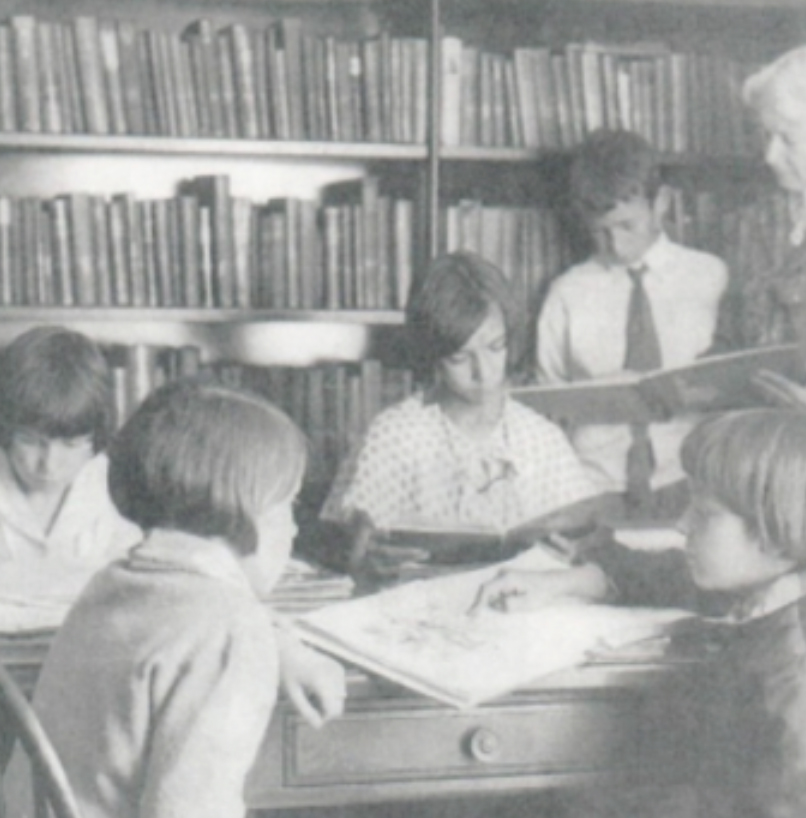
Children and Chief Librarian
By the 1920s, the Village had assumed some financial responsibility for the Library, which was then governed by a board elected from among members of the Friends of the Library. For their inaugural “chief librarian,” the board hired Bertha Stetson, who went on to serve for 31 years. During her tenure, Stetson oversaw dramatic growth of the collection, including its 1929 move to the second floor of the new Municipal Building in Fulton Park. The Library occupied what is today’s courtroom, on the second floor.
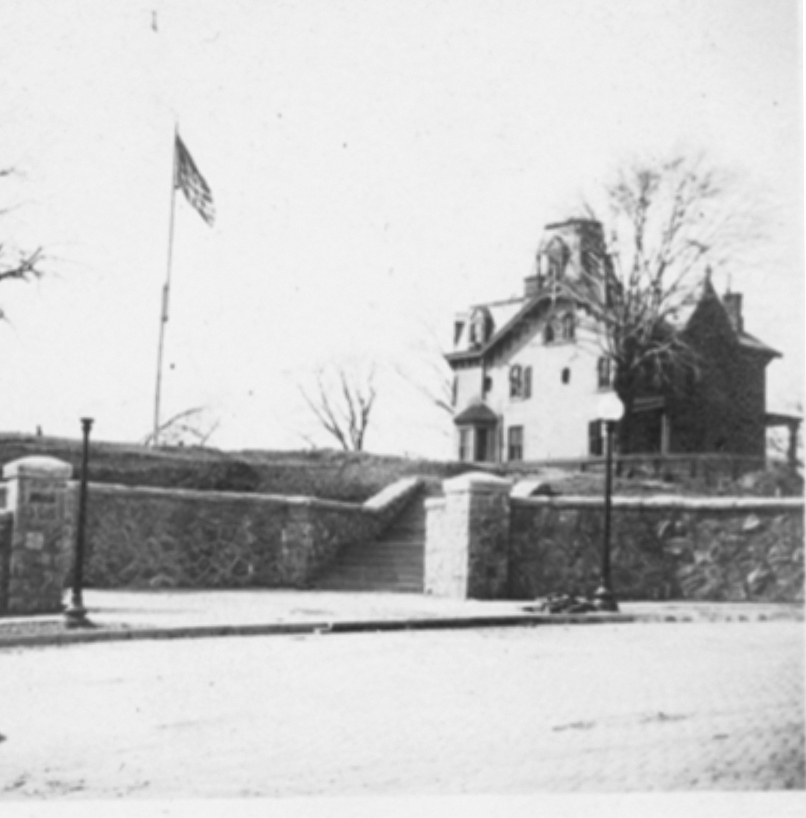
Maple Avenue
In 1963, a League of Women Voters survey found the Library to be very well used — so much so that it was also distressingly overcrowded. Mayor Sheldon Wagner turned to philanthropist Helen Benedict, daughter of John E. Andrus, for help. Three weeks after he showed her architect William Switzer’s proposed plans, Mrs. Benedict agreed to donate up to $500,000 toward constructing, furnishing, and landscaping a new library building. The Village provided land in Fulton Park next to the Municipal Building, which stands where prominent businessman and former village president (mayor) James J. Treanor once lived at “Elmcroft.”
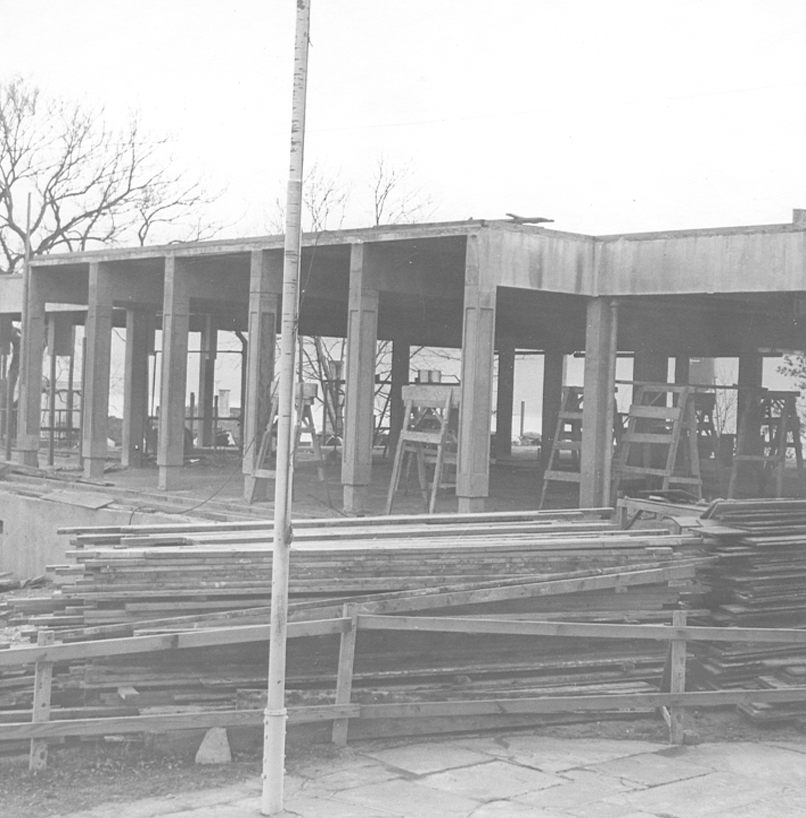
Library under construction, 1965
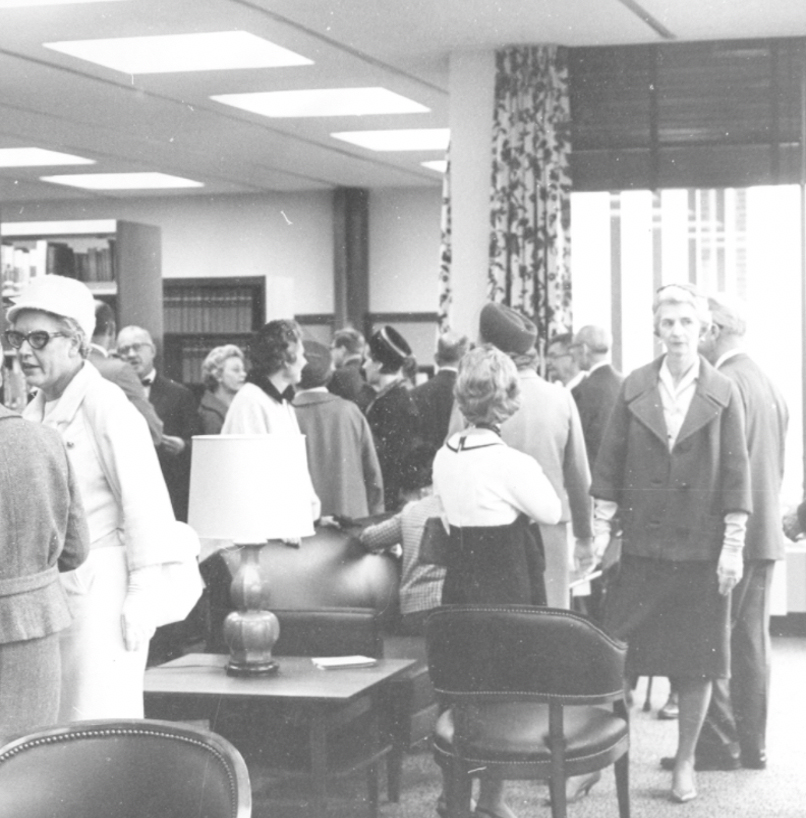
Opening Reception
Construction on the Library began in early 1965, and on November 12, 1966, our present home on Maple Avenue, with its distinctive picture windows framing iconic views of the Hudson River and the Palisades, was dedicated. At the opening reception, a portrait of Helen Andrus Benedict was unveiled. That painting, by Hastings artist Herbert Bohnert, now hangs in the Library’s northwest Study Room, and a plaque acknowledging the Andrus family’s Surdna Foundation is on the wall opposite the Circulation Desk. On October 25, 1968, the state Board of Regents granted the Hastings-on-Hudson Public Library an absolute charter.
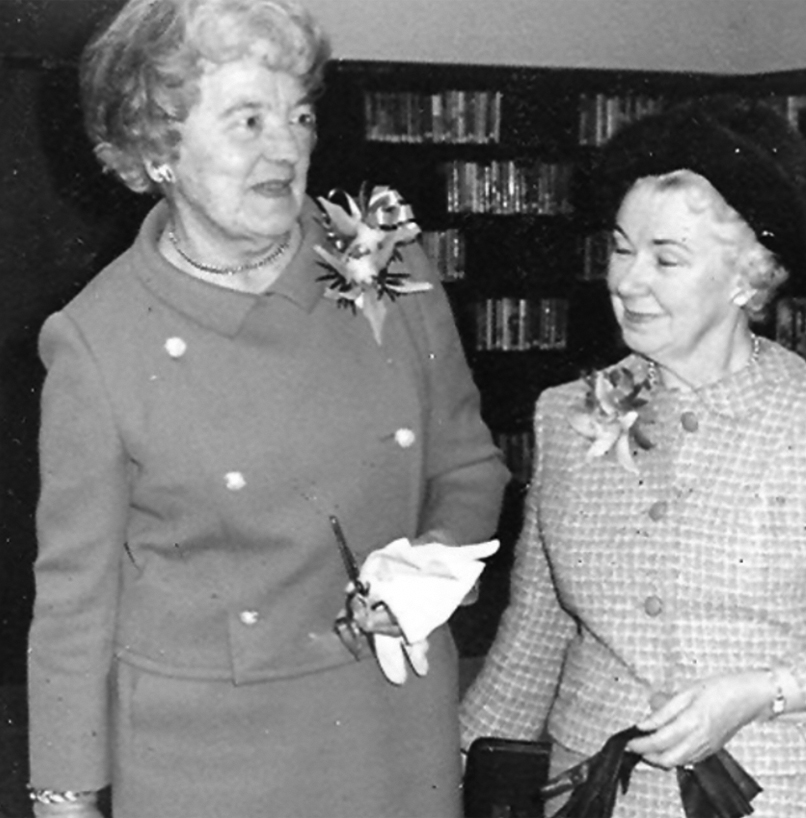
Dedication
Helen Benedict, the Library’s benefactress, and Lucile Meiskes, chair of the Library Board of Trustees, at the November 1966 dedication .
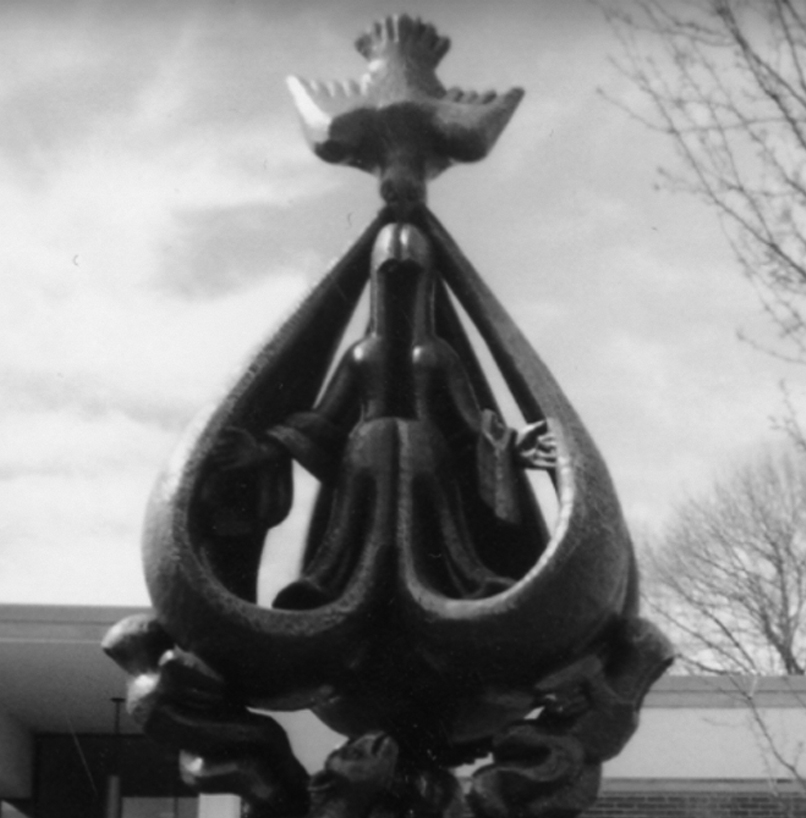
Between Heaven and Earth
The 11-foot bronze outside the Library was donated to the Village in 1967 by renowned sculptor Jacques Lipchitz, who lived in Hastings for 26 years until his death in 1973. The Lipchitz Foundation gifted his Aqueduct Lane studio to the Village in 2021. The statue is representative of the artwork, and Hastings artists, associated with the Library, including award-winning author and illustrator Ed Young, cartoonist Isabella Bannerman, graphic artist Lindsay duPont, and photographer John Maggiotto. Local scenes painted by Larry D’Amico in the 1970s and a contemporary mural by Patrick McNeil tell their own stories on our walls.
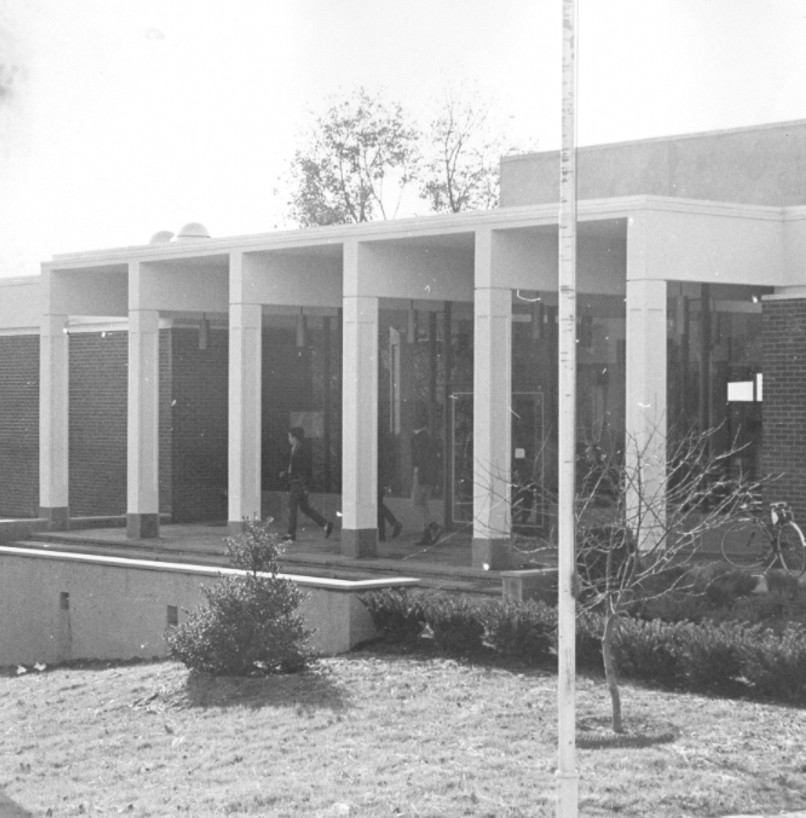
The original Library building
As the century drew to a close, it was clear that the Library had become a victim of its own success. A structure designed to house 40,000 volumes now had to make room for 60,000 items, including audiovisual materials, and what little space remained could barely accommodate the Library’s gamut of programs for children and adults. So, in 1999, the Library Board of Trustees, in partnership with the Village, raised monies through a bond and with help from the Friends, to renovate, refurbish, and expand the building and the adjacent park.

An inspiring view
The project, which included a new children’s room, broke ground on October 28, 2001, just weeks after 9/11. Architect Jim Lothrop told the gathered crowd that looking south to where the Twin Towers had stood in clear view from the Library’s hilltop, the children of Hastings would glimpse “the greatest city of our civilized world,” an “image of freedom and opportunity.” He concluded, “These inspiring views will be from a building that hopes to foster a lifelong love of books and knowledge that will build their dreams.” With Ground Zero still smoldering, his words were a benediction.

Centennial festivity
In 2013, the Library celebrated its centennial with all due fanfare, including — yes — a marvelously raucous marching band and dance squad, and, a bit more temperately, the first of what would become the annual Dewey Lecture Series. This program, organized by the Friends, draws upon the village’s resident scholars, artists, scientists, and other experts in their fields — historically, the people who give Hastings its character and cachet. Such standing-room-only events led to the decision in April 2014 to add 600 square feet to the multipurpose Orr Room and construct a westward-facing open-air deck atop the extension.

A new outlook
This latest project to maximize the Library’s potential would be carried out with state grants, money from the Library’s endowment, the largesse of the Rosenberg Family, and a signature fundraising campaign — spearheaded by the Friends — under the banner “Above & Beyond,” referencing the dimensions and vision of this ambitious undertaking. The words “Expanding Our Points of View” soon completed the slogan and, as a description of the Library’s enduring contribution to the community, may well stand the test of time.
Photos: 1913-1967, courtesy of the Hastings Historical Society. Manhattan skyline photo by Karen Somary.
Our Mission
The Library prides itself on a core culture of civility, inclusion, and shared resources,
including our extraordinary site overlooking the Hudson River and Palisades.
The Library supports lifelong learning, from the discoveries that begin
in the Picture Book Room to adult programs that explore the ever-wider world.
Here, digital media and high technology co-exist with rooms for quiet and the credo that reading is essential.

